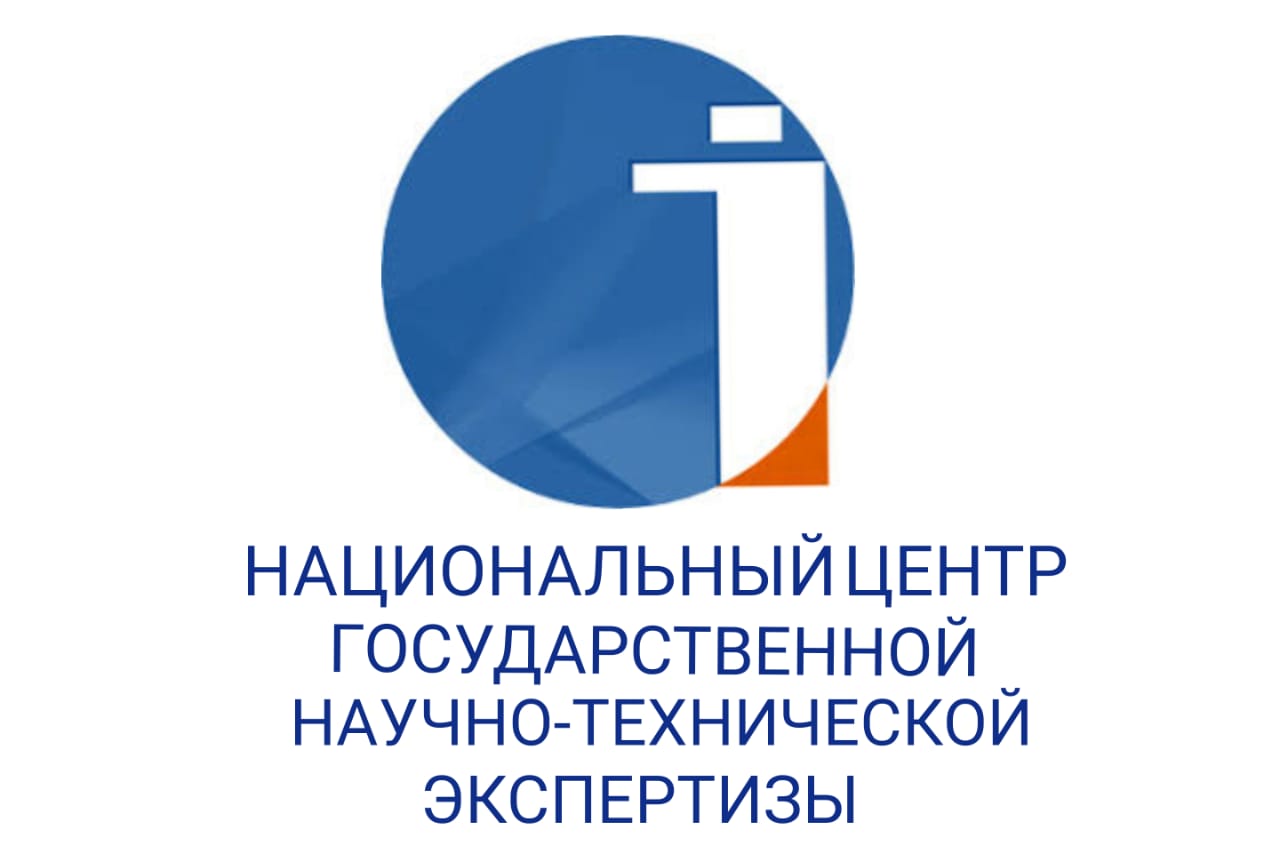RESEARCH OF TRANSLATION ERRORS AND INCONSISTENCIES IN THE TRANSLATION OF AN ARTWORK FROM RUSSIAN INTO CHINESE
DOI:
https://doi.org/10.48371/PHILS.2024.4.75.024Keywords:
translation errors, inconsistency, fiction, source language, target language, analysis, unintentional mistranslation, intentional mistranslationAbstract
Translation is an intercultural communication activity that has a long history. The goal that every translator strives for is to truthfully and accurately convey the meaning of the source text. But in the practice of literary translation, the phenomenon of translation errors often arises due to various reasons. In modern linguistics and translation studies there is no generally accepted point of view on the subject of the typology of translation errors. This article attempts to review and summarize the existing classifications of translation errors and to highlight the main types of translation errors. Based on the explanation of the definition and classification of translation errors and inconsistencies, the article analyzes translation errors in various situations in the process of Russian-Chinese mutual translation, exploring the causes and strategies. The author believes that the reasons for translation errors and inconsistencies lie in the differences in the Russian-Chinese language, for example: morphology, semantic ambiguity and pragmatic complexity, and so on. Consequently, the study of translation errors and inconsistencies contributes to the development of translation studies. In this work we are trying to study translation errors based on materials taken from the works of Chinese and Russian writers
The relevance of this study is determined by its focus on the important and understudied area of translation errors due to differences between Russia and China.
The research method used in this work: comparative analysis of the original and translation texts, the method of linguistics-cultural logical analysis, the method of contextual analysis.
In the end, based on my own learning experience, I provided constructive suggestions and thoughts for practicing translators. I hope that the research presented in this article can serve as reference information for practicing Russian-Chinese translators.








